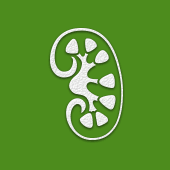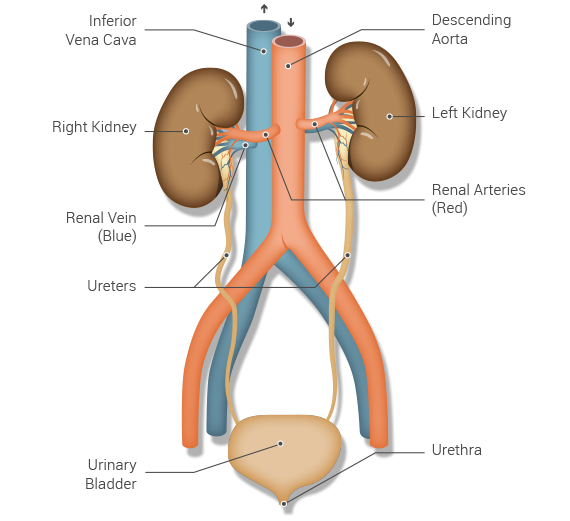

Kidney Anatomy
In this section we’ve outlined details about the kidney, including its location, functions, internal structure, and how they interact with complementary organs in your body. To learn about diseases that are treatable with transplant, please visit our "Kidney Diseases” section.


